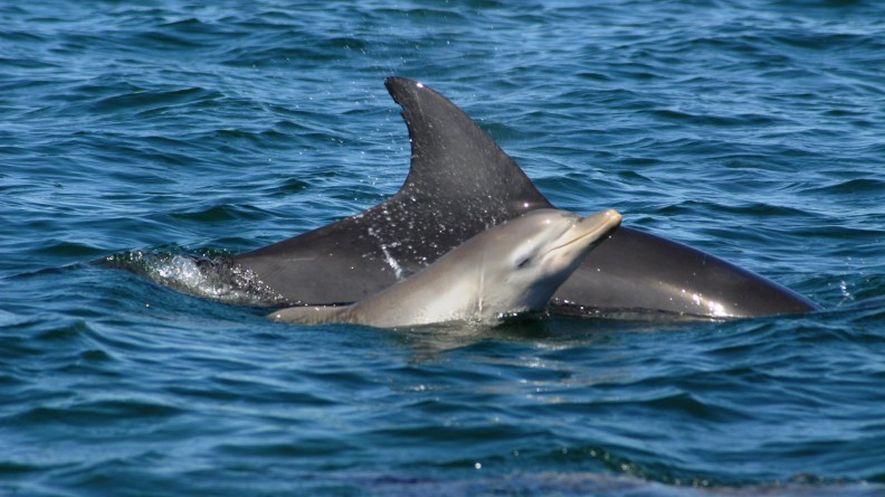Dolphin research has revealed that the social bonding patterns and calving of adult female bottlenose dolphins can be predictable in time and space.
In short, according to Murdoch University researcher, Dr. Holly Raudino, “While females may have more potential associates to choose from during peak periods; they retain associations seasonally with the same females over years. Although cyclic association patterns have been documented in primates, this is the first time that such patterns have been documented for any cetacean species.”
According to a paper by Raudino’s colleagues a from Murdoch University published 28 February in the journal Animal Conservation (DOI: 10.1111/ac.12263), by knowing more about dolphin social patterns, conservation management can be more effective.
Located in Western Australia, Murdoch University’s Cetacean Research Unit is dedicated to the researching the dolphins of Bunbury, focusing on the long-term viability of the local bottlenose dolphin population. Bunbury has a large recreational boating community, with vessel activity increasing substantially during the warmer months. Researchers have identified this period as high conservation value for female dolphins and their calves. The researchers performed 231 boat-based photo-identification surveys across three consecutive years. The surveys were conducted to individually identify adult female bottlenose dolphins over a 120 km2 area in Bunbury. The results informed the implementation of a no-go area and restrictions on vessel speeds aimed ago protecting the dolphins.
Highlights of the paper:
Dr Raudino says, “Social relationships influence fitness, survival and reproduction. We found the timing of peak female sociality and use of the inner waters coincided with the majority of calving. When protecting long-lived, socially complex species, we suggest that key behavioral processes for conservation be extended to incorporate social dynamics. As such, we encourage management actions that minimize impacts on dolphin sociality be implemented.”
Dr Raudino said that year-round monitoring was essential in detecting spatio-temporal patterns, and recommends the need to increase the size of conservation areas. The paper’s authors were Holly Smith, Dr. Celine Frere, Dr. Halina Kobryn, and Professor Lars Bejder. The full article can be read here.



